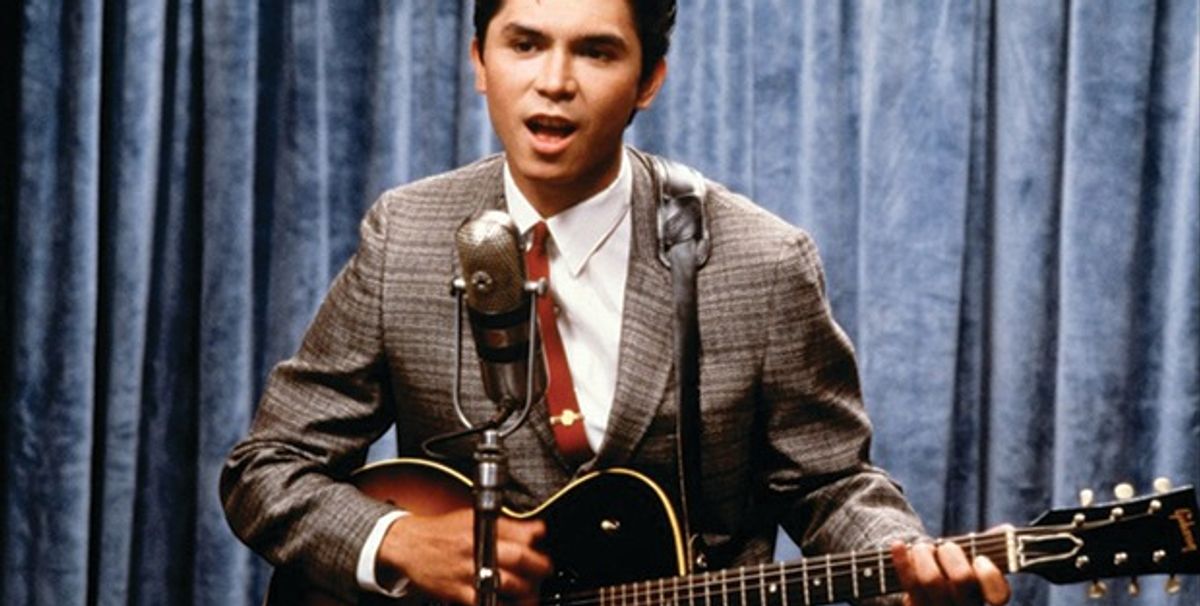As the UCLA Film and Television Archive plans a Pacific Standard Time project around Spanish-language films from the 1930s-1950s, other organisations are putting on programming that similarly looks to expand the cinematic narrative.
The Academy of Motion Picture Arts and Sciences (which is most famous for presenting the Academy Awards) complements the UCLA Film and Television Archive with a programme titled From Latin America to Hollywood: Latino Film Culture in Los Angeles, 1967-2017 (23 September-18 January 2018).
With the aid of a $250,000 Getty grant, the documentary filmmaker Lourdes Portillo is organising a series of screenings, discussion panels and the publication of a new book detailing the work of filmmakers from Brazil, Mexico and Argentina, among other countries. “This was a moment when Latin America found its voice in cinema,” Portillo says.
Meanwhile, at the Pasadena Museum of California Art, the exhibition Hollywood in Havana: Five Decades of Cuban Posters Promoting US Films (20 August-7 January 2018) looks at how the Cuban Revolution shaped the country’s perceptions of US movies. Shortly after the revolution in 1959, Fidel Castro’s new government organised “cines moviles”—mobile projection units—to bring movies like Charlie Chaplin’s Modern Times (1936) to the countryside.
“Modern Times is not only a fabulous film, it’s also a critique of capitalist industrial society,” says the show’s curator, Carol Wells, who is the director of the Center for the Study of Political Graphics. She notes that the film’s popularity also stemmed from the fact that it appealed to a largely illiterate audience.
Walt Disney’s forays into Latin America—and how artists have interpreted his legacy—are the focus of How to Read El Pato Pascual (9 September-16 December) at the MAK Center for Art and Architecture and the Luckman Gallery at California State University.
The show, which is funded by a $390,000 Getty grant, begins with President Franklin Delano Roosevelt’s “good neighbour policy” towards Latin America, for which Disney travelled south of the US border to meet animators. In one film inspired by his trip, The Three Caballeros (1944), Donald Duck is joined by a Mexican rooster and a Brazilian parrot as they travel through South America.
More than 100 works are included in the show, which looks at how “Latin American artists have quoted Disney from pointed political perspectives”, says the show’s curator, Jesse Lerner. Ism, Ism, Ism: Experimental Film in Latin America (September-January 2018) at the Los Angeles Filmforum looks at filmmakers from Argentina, Chile, Colombia and beyond.
With the aid of a $150,000 research grant (plus another $200,000 to implement the programme), organisers sent nine researchers throughout Latin America to meet filmmakers and track down materials. One aim of the project is to “understand the constellation of influence” that traces from south to north and vice versa, says the co-organiser, Luciano Piazza. An accompanying publication includes new essays.


